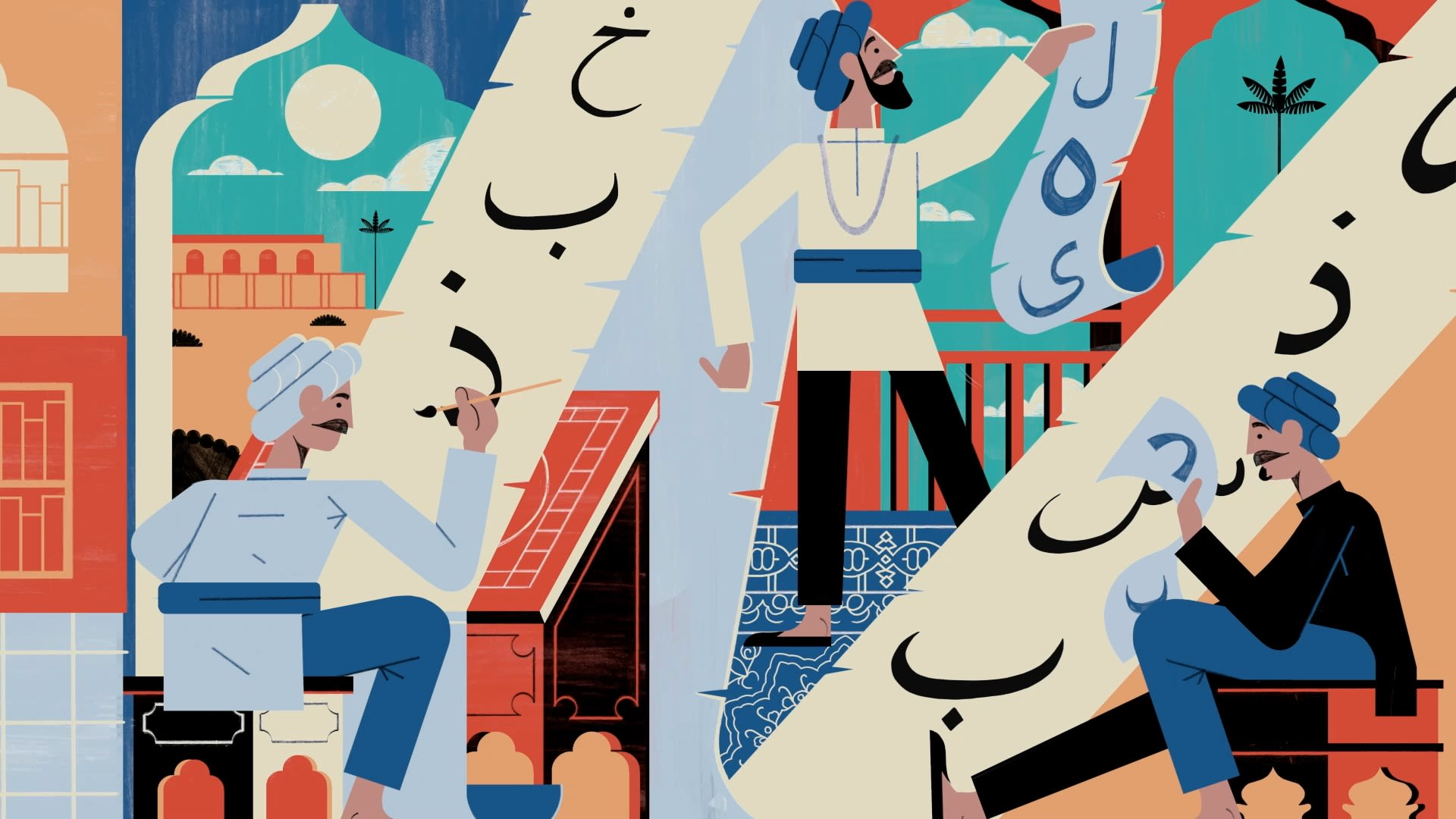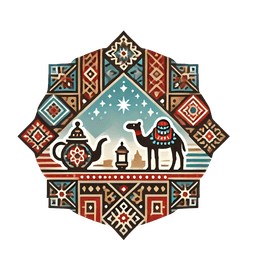- Published on
The Art of Moroccan Calligraphy From Ancient Scripts to Modern Design
- Authors

- Name
- Adil ABBADI
Introduction
Moroccan calligraphy is an art form that has been revered for centuries, with its intricate strokes and flowing lines weaving a tale of beauty, creativity, and Islamic heritage. This traditional form of artistic expression has been a cornerstone of Moroccan culture, gracing the walls of mosques, palaces, and homes throughout the country. In this blog, we'll delve into the fascinating world of Moroccan calligraphy, tracing its evolution from ancient scripts to modern design applications.
- The Origins of Moroccan Calligraphy
- Types of Moroccan Calligraphy
- The Art of Moroccan Calligraphy
- Modern Applications of Moroccan Calligraphy
- Conclusion
- Embrace Tradition
The Origins of Moroccan Calligraphy
The history of Moroccan calligraphy dates back to the 7th century, when Islam first arrived in Morocco. The Arabic script, which was the primary means of writing in Islamic societies, underwent a significant transformation in Morocco, giving rise to a unique style that blended Arabic, Berber, and Mediterranean influences.

Types of Moroccan Calligraphy
Moroccan calligraphy is characterized by several distinct styles, each with its own unique characteristics and uses.
- Thuluth: A majestic and elegant script, often used in architectural inscriptions and royal decrees.
- Naskh: A clear and legible script, commonly used in literary and educational settings.
- Diwani: An ornate and intricate script, often reserved for special occasions and ceremonies.
The Art of Moroccan Calligraphy
Moroccan calligraphy is not just a means of communication but a revered art form that requires great skill, patience, and dedication. The art of calligraphy involves the mastery of various techniques, including:
- Qalam: The use of traditional reed pens to create intricate strokes and lines.
- Ink: The selection of high-quality ink, often made from natural ingredients like soot and gum arabic.
- Paper: The choice of high-quality paper, often made from cotton or linen, to ensure durability and longevity.

Modern Applications of Moroccan Calligraphy
While traditional Moroccan calligraphy remains an integral part of the country's cultural heritage, modern designers and artists have adapted this ancient art form to create innovative and stunning designs.
- Typography: Moroccan calligraphy has inspired a range of modern typographic fonts, used in advertising, branding, and publishing.
- Graphic Design: Calligraphic elements are often incorporated into graphic designs, adding an touch of elegance and sophistication to logos, posters, and packaging.
- Art and Illustration: Moroccan calligraphy has inspired a new generation of artists, who use its flowing lines and intricate patterns to create stunning works of art.

Conclusion
Moroccan calligraphy is a testament to the country's rich cultural heritage, a blend of Arabic, Berber, and Mediterranean influences that has given rise to a unique and breathtaking art form. From its ancient roots to its modern applications, Moroccan calligraphy continues to inspire and captivate audiences around the world.
Embrace Tradition
As we celebrate the beauty and elegance of Moroccan calligraphy, let us not forget the importance of preserving traditional craftsmanship and cultural heritage. By embracing and supporting traditional artisans and artists, we can ensure that this ancient art form continues to thrive for generations to come.
